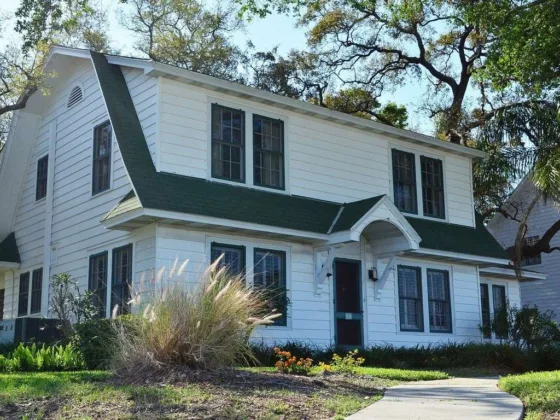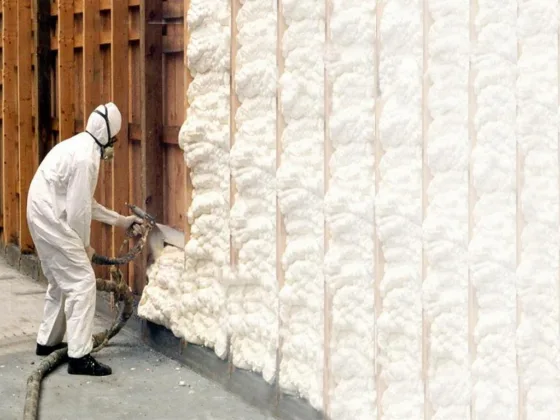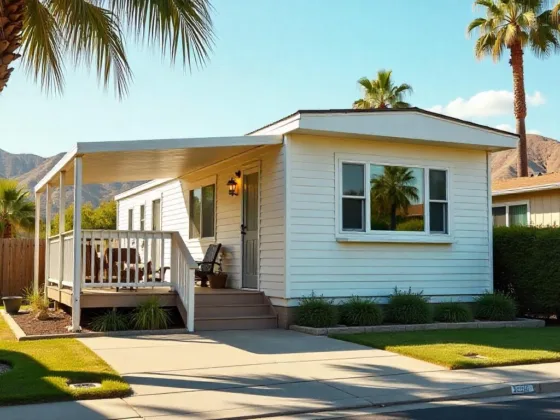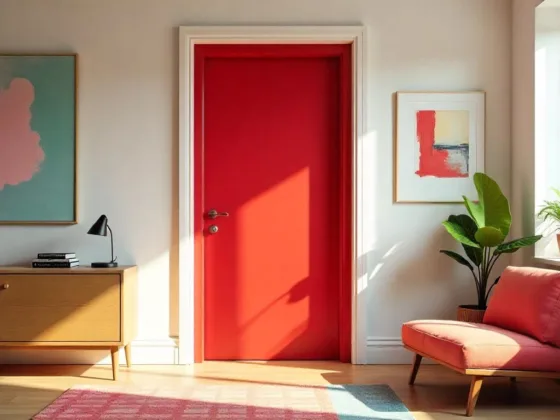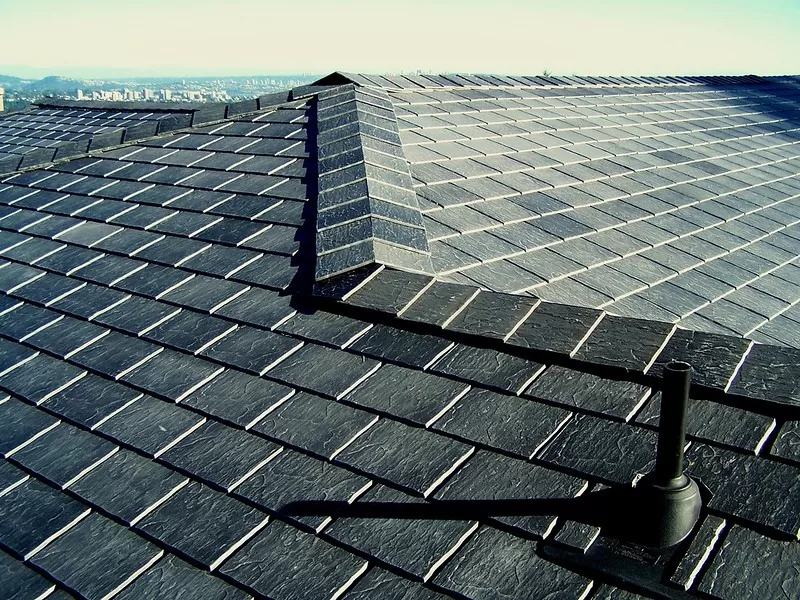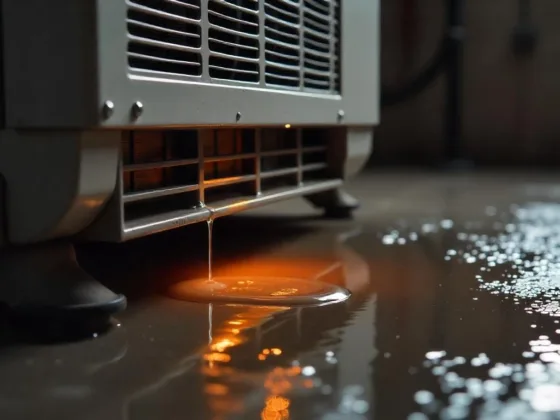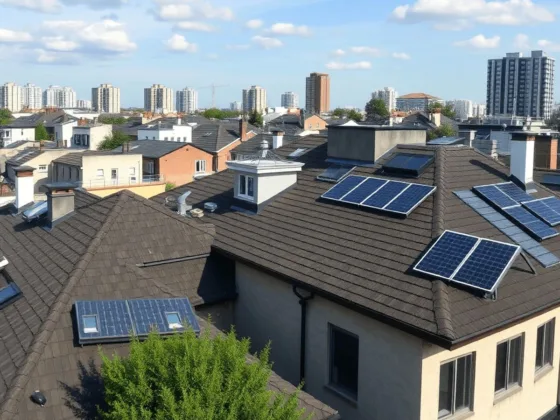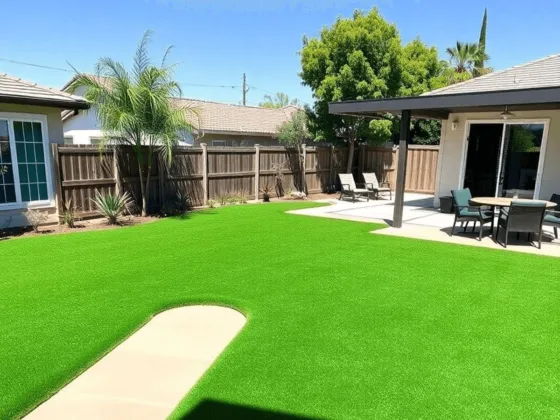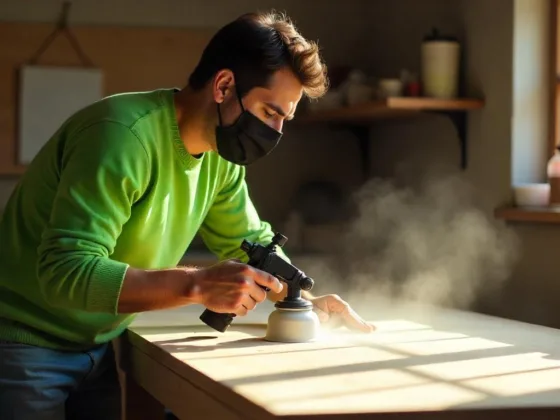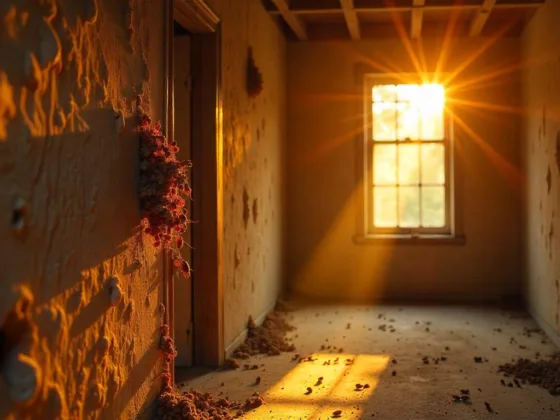Dampness is one of the most common issues we encounter when working on properties. Untreated dampness can seriously damage a building’s foundation.
The damp proofing course is the primary method by which you can damp proof your structure.
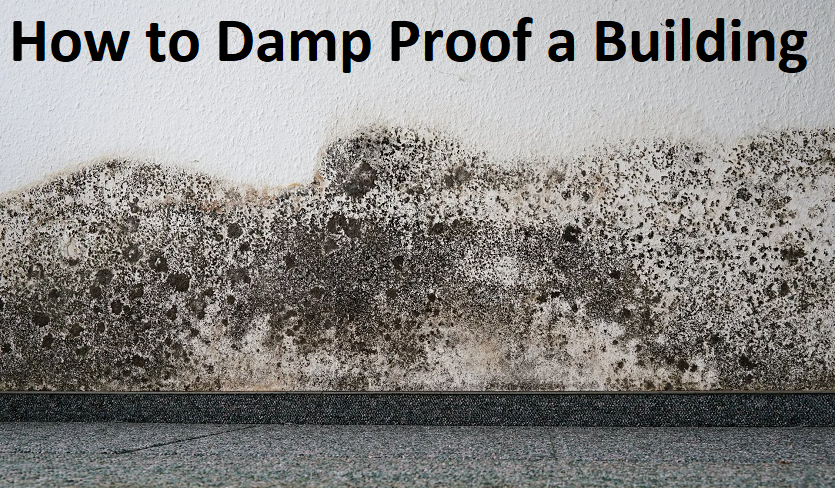
Influencing Factors
The following are structural improvements that can be made to your home to treat and prevent dampness.
Installing a Damp Proofing Course (DPC)
Rising dampness occurs when groundwater rises through a wall or floor. Damp-proof courses are horizontally installed within the walls of a building to prevent moisture from rising through the walls and into the space above.
For peace of mind, it may be worth consulting professional damp proof specialists.
A damp-proof membrane is a thin waterproof sheet. To effectively seal a building against dampness, the damp-proof course should be laid beneath a concrete floor.
This layer is installed beneath all masonry walls, whether load-bearing or partition, to prevent moisture from rising through the structure and damaging it.
Read Also:
Before beginning work on the damp-proof course, the surface must be thoroughly cleaned and wet. When mixing cement concrete, use a 1:1 and 1/2 to three ratio and the recommended waterproofing compound dosage. Concrete must be laid to a minimum of 25 mm thickness on the structure.
After the concrete layer has hardened, two coats of ultra-cement tech’s paste or another similar material must be applied perpendicularly. After the concrete coating has been set, the seal must be used four hours later.
Ideally, the damp proof course should span the entire width of the walls, with straight, even, and vertical edges.
Water splashing from the ground should be avoided during rain by raising the DPC above the normal level. Unless otherwise specified, DPC should begin at least 15 cm above the highest point of the ground.
Aside from being unsanitary, dampness in the building weakens structural components. Damp-proof courses help prevent mold growth in a building.
The moisture-rising walls from the ground act as a damp-proof course between the damp source and an adjacent building. All of the building’s walls should have damp proof course installed.
Installing Fans in the Bathroom and Kitchen
Condensation is an unavoidable damp problem that occurs in all properties. Kitchens and bathrooms are most susceptible to dampness. You must install fans in the bathroom and kitchen to avoid moisture.
Improving the Property’s Exterior
Damp that penetrates exposed areas of a building like a roof and chimneys. Unlike rising dampness, penetrating dampers expand horizontally across surfaces. Because the rainy season can cause costly foundation damage, property owners should inspect drains and gutters for obstructions.
Address any Plumbing Issues that Arise
Damp problems in bathrooms and kitchens come in many forms. Leaks in water or waste pipes can damage the exterior and interior walls and ceilings.
This type of dampness can lead to mold growth and, if left untreated, wood rot. Untreated rotted floorboards pose a serious risk of collapse. Plumbing issues should be addressed promptly by consulting a professional plumber.
Factors affecting the home
The advice in this section will help you make simple changes to your home to reduce damp risk.
Level of Insulation and Heating
All three rooms should be between 19 and 22 degrees, while the bedroom should be between 16 and 20.
Keep the temperature below 15°F when you’re not at home to avoid condensation. Insulation can also help reduce dampness by warmer walls and ceilings, preventing mold growth.
Ventilation Inspection
Putting this one into practice is also easy. Double glazing and sealing air vents and fireplaces will help reduce moisture-laden air escaping the Property.
Close the kitchen and bathroom doors to keep moisture out of other rooms, especially bedrooms. Avoid overcrowding cupboards and wardrobes, which can cause stagnant air and condensation.
